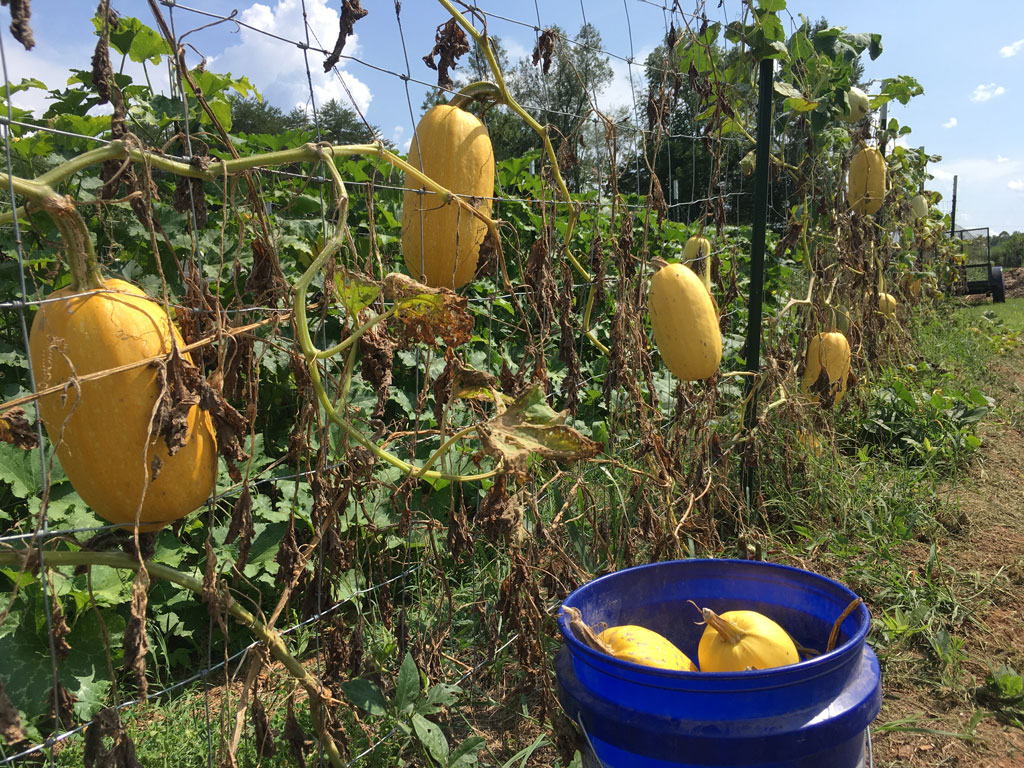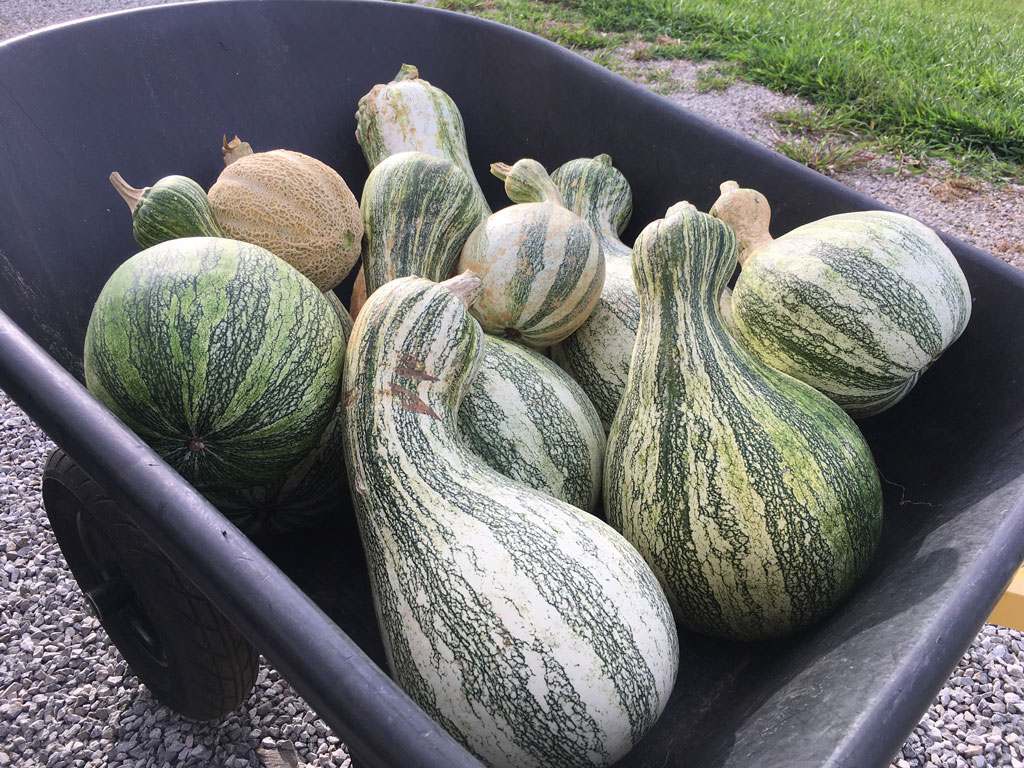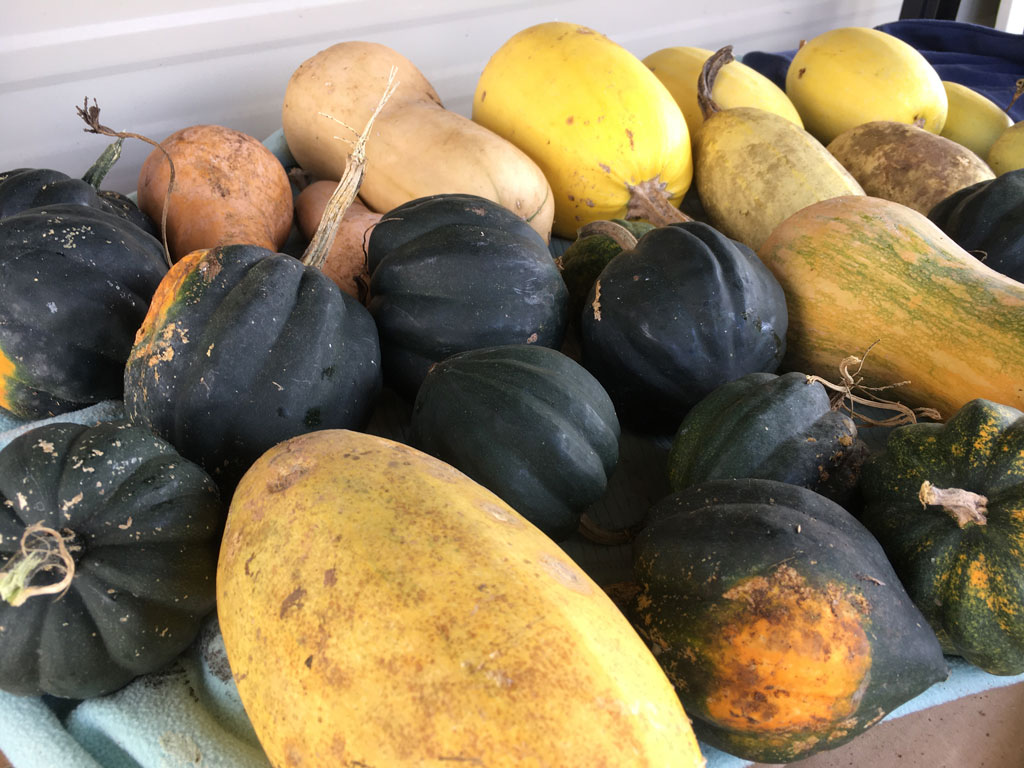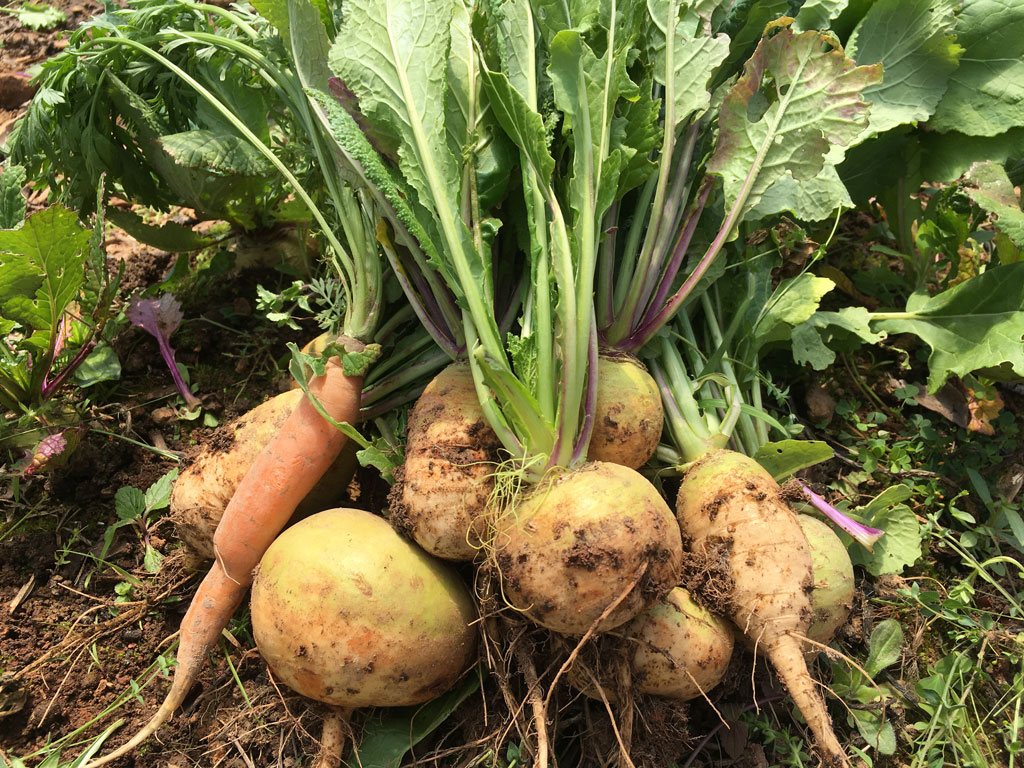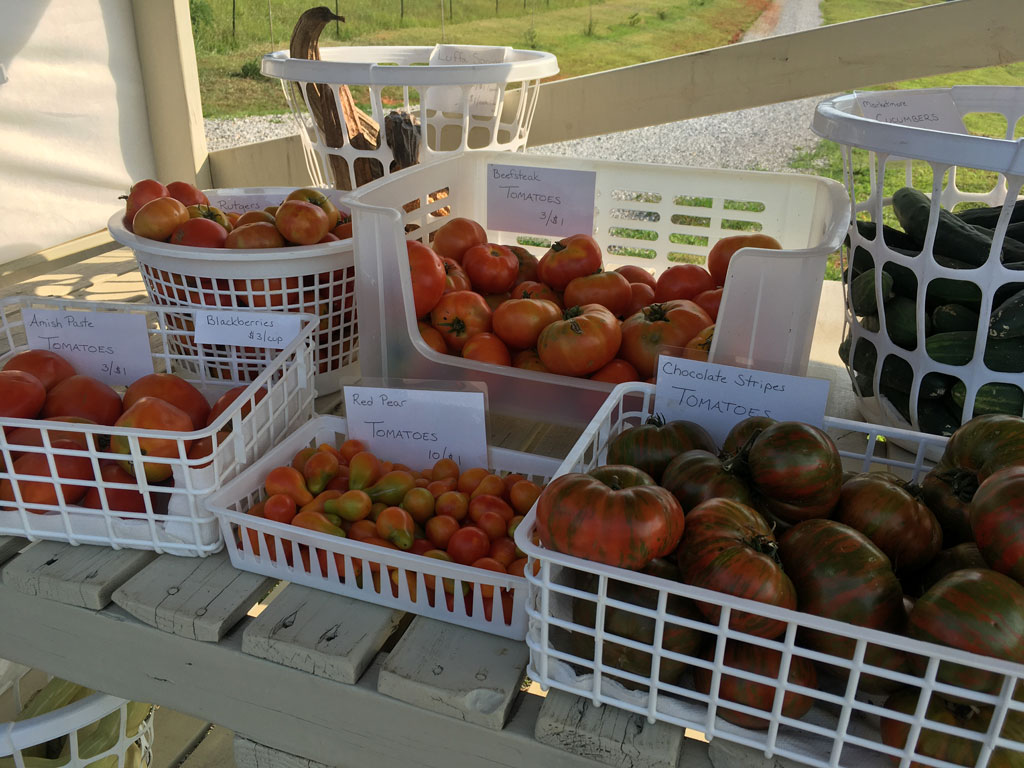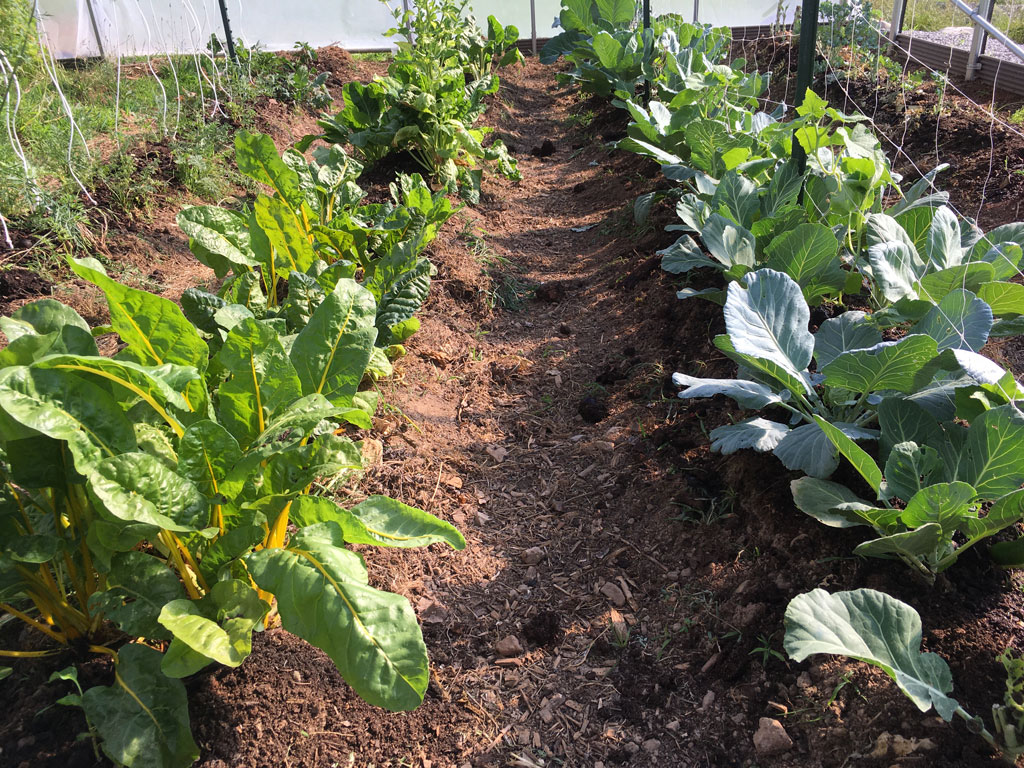January 8, 2025
It is winter and the farm stand is closed for the season. It’s been a great growing season! Thank you for your support of our small farm.
Even though the stand is closed, we’re still growing! Here’s what we are harvesting and enjoying from the high tunnel and our winter stores:
- Collards
- Kale
- Lettuce
- Winter squashes – various
We’re still busy over here preparing for Spring, cleaning up our garden, and getting ready to start another round of bare root tree planting (peach, cherry, pear, and plum). In addition, we are still building our dream home…a geodesic dome! We finally got the dome dried in after over a year’s worth of work and we love it so far, but there is still so much more to do!
Check out our YouTube channel (@TrippyAcres) to follow along as we grow our garden and build our homestead…there is a lot going on over here!
Hope to see you at the stand, and as always, just keep growing!



